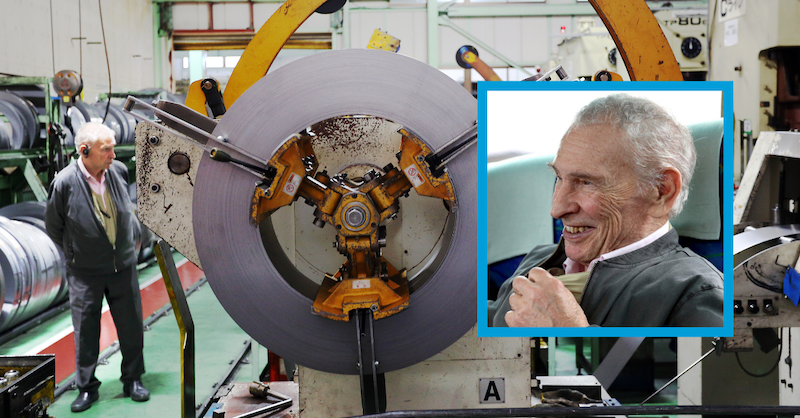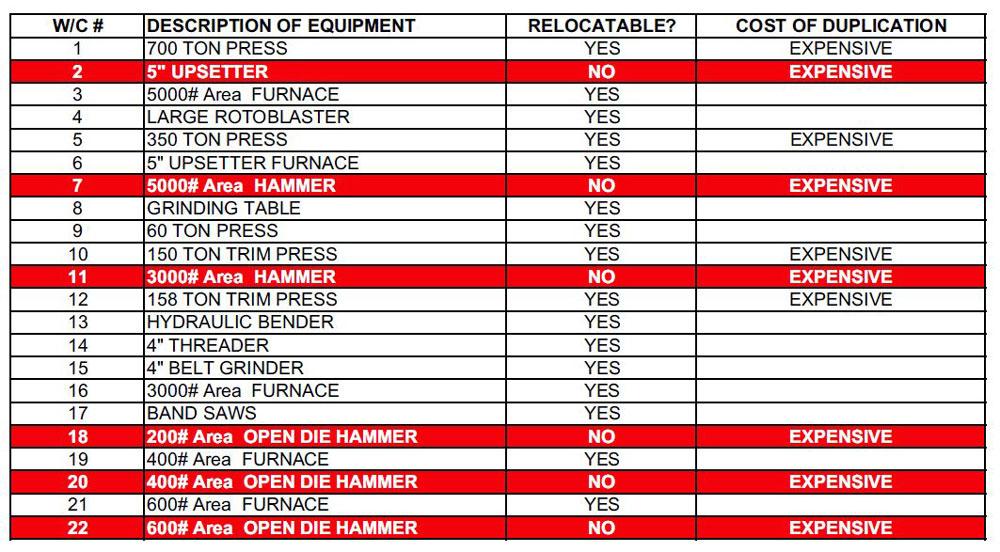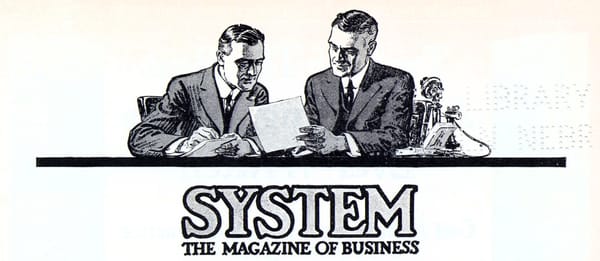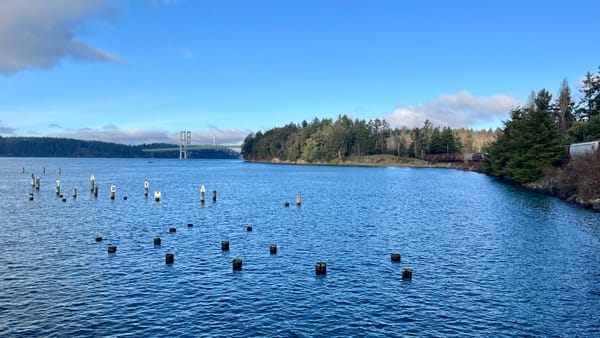Monthly links & notes: November 2023
This month: 4 articles and an online course.

Online reading
First, a remembrance of Freddy Ballé—the French popularizer of lean—after his passing last month. You may know his name from a few of the books he cowrote with his son, Michael Ballé. Dan Jones writes:
I can still hear his voice saying, “Keep your focus on the detail of the work and understand its significance for the customer and the system as a whole.” Thank you, Freddy, for your example and your inspiration.

Product-Quantity-Routing (PQR) Analysis and its close cousin, Work Unit Routing Analysis (WURA), are super underutilized continuous improvement methods for discovery and group sense-making and generally sorting things out. I’ve used WURA a bunch recently in my client work, and would like to write it up here soon. In the meantime, I am curious about how other people use PQR. Shahrukh Irani had this to say, in a very detailed post:
Kaizen event teams usually don’t have time to collect relevant data for all products. But with analyses already complete, the team could easily use just the PQ Analysis to segment their product mix into at least two areas, high volume and low volume. Then, using the PR Analysis for at least the high-volume segment, they could seek product families in that segment. Any product family found in that segment could then be the focus of a high-impact kaizen to implement a cell.

We’re now a solid year into the impossibly tedious and generally underwhelming LLM/spicy autocomplete/ChatGPT era. Looking past the OpenAI+Microsoft clownshow currently underway, two things are clear:
- These LLMs aren’t actually good enough to use for anything besides some Cal Newport style deeply evil “Deep Work” (aka middle-management strivers getting ahead by pushing lower status work onto lower status people in/outside an organization); and
- They waste too much water.
I’d encountered that second point repeatedly, but not really understood it until I read this, by Manuel Pascual in El País:
Many data centers use cooling towers to prevent overheating, the same system used in other industries. It is based on exposing a flow of water to a current of air in a heat exchanger, so that the evaporation cools the circuits.
This method is more energy efficient than electric coolers, but it involves a significant amount of water evaporating (i.e. not returning to the circuit). Approximately 20% of the water used in cooling systems (that which does not evaporate) is discharged at the end of the cycle into wastewater treatment plants. “This water contains large amounts of minerals and salt, so it cannot be used for human consumption without being treated first.”
/cloudfront-eu-central-1.images.arcpublishing.com/prisa/C3Q5BCDTHJEJXFBKBJQHGGZMUA.jpeg)
(Thanks Bill for passing that link along.)
Finally, all the chatter about spicy autocompletes “ruining” software development brought to mind one of my favorite pieces of online writing—Ellen Ullman’s 1998 two-part essay “The dumbing-down of programming.”
The computer was suddenly revealed as palimpsest. The machine that is everywhere hailed as the very incarnation of the new had revealed itself to be not so new after all, but a series of skins, layer on layer, winding around the messy, evolving idea of the computing machine. Under Windows was DOS; under DOS, BASIC; and under them both the date of its origins recorded like a birth memory. Here was the very opposite of the authoritative, all-knowing system with its pretty screenful of icons. Here was the antidote to Microsoft's many protections. The mere impulse toward Linux had led me into an act of desktop archaeology. And down under all those piles of stuff, the secret was written: We build our computers the way we build our cities—over time, without a plan, on top of ruins.
My Computer. This is the face offered to the world by the other machines in the office. My Computer. I've always hated this icon – its insulting, infantilizing tone. Even if you change the name, the damage is done: It's how you've been encouraged to think of the system. My Computer. My Documents. Baby names. My world, mine, mine, mine.
Read “The dumbing-down of programming” part 1 and part 2.
On the site
Recent changes @ improvesomething.today:
- I culled books from the reading list (eventually I’ll add new ones), and
- switched the site appearance from Ghost’s previous/old default theme to its current/new default theme.
Course recommendation
This season I’m luxuriating in an online, affordable, six-week information architecture course with Dan Klyn and a few new learning friends. Now, I first studied information architecture back in grad school, in a course taught by Dan in 2006 or so. It’s awesome to revisit this way of apprehending and creating environments more than 15 years later, and to do so with one of the people who have really pushed/pulled the discipline forwards. This is absolutely a course you should consider taking in 2024.







